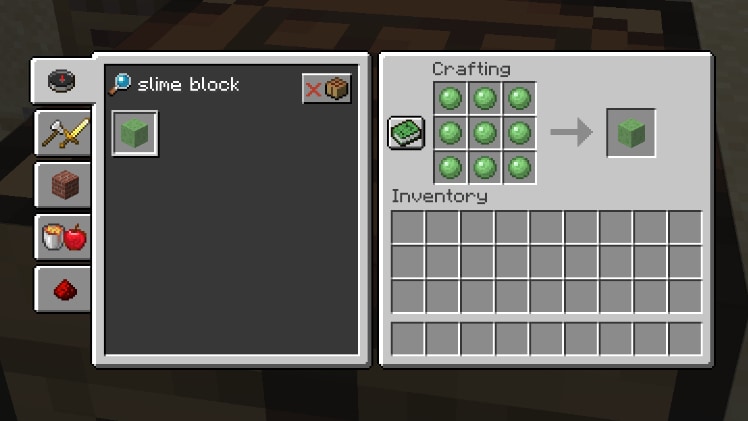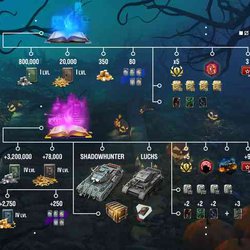Some parts of Minecraft’s world are a little... slimier... than others. You won’t notice the difference at the surface, but far underground these areas, known to enthusiasts as “slime chunks” are home to sentient creatures that ooze out of the walls. When slain, these creatures drop balls of the purest, most disgusting slime. And those balls, I’m afraid to say, are our item of the week.
Slimeballs have a very long history in Minecraft. They were added way back in July 2010, as part of the sixth Seecret Friday update, alongside paper, books, bricks, and clay balls. Initially, they served no purpose, but over the years they made their way into several important crafting recipes.

Let’s say you want a slimeball. Well, you could dig a hole right down to the bottom of the world, find a slime chunk, and kill some slimes. But slimeballs also drop from the slimes that spawn in swamp biomes, which might be easier to locate. Sometimes baby pandas sneeze them out, too, which is a fact that lives somewhere in the land between totally adorable and totally disgusting. I’ll let you choose where.
Once you’ve got a slimeball or two in your inventory (don’t touch it too much), you might wonder what you’re supposed to do with it. Probably the most useful thing is that you can use it to make a lead-combining it with four string in a crafting table. Leads are a great way to collect animals from the wild and take them somewhere that you want them to go.
You can also use slimeballs to make magma cream, and to turn a piston into a sticky piston. Or you can combine nine slimeballs in one crafting grid to make a slime block , which can be used for nefarious bouncing purposes. Or not-so-nefarious bouncing purposes. Again, I’ll let you choose.

You might think that slimes are only found in Minecraft-but amazingly there are living creatures made of slime in the real world too. They’re called “slime molds”, and they’re a group of only loosely-related species that sometimes live freely as individual cells but sometimes blob up into a multicellular structure when times are tough. Most are smaller than a few centimetres, but a few species can reach sizes up to several square metres, and weigh up to 20 kilograms.
Slime molds feed on the microorganisms that live in dead plant matter, so they’re most often found in damp places like forests, soil, lawns, rain gutters, and occasionally air conditioners. Considering they’re just a bag of single-celled creatures covered in slime, they can do some amazing things-lab experiments have shown that they have the ability to learn , and even to simulate transit systems .
Minecraft’s slimes aren’t anywhere near as intelligent, which is probably for the best. You wouldn’t want them building transit systems across the Overworld!



















0 Comments:
Leave a Reply